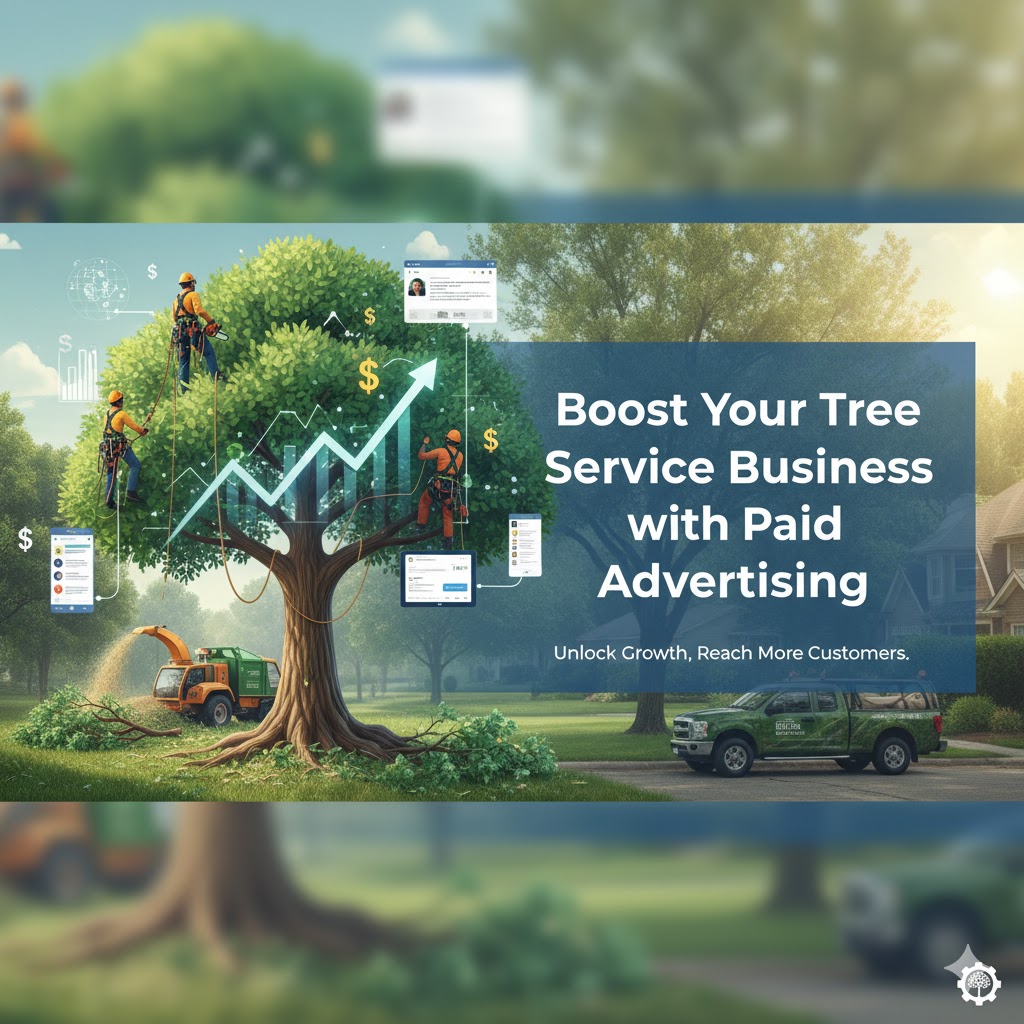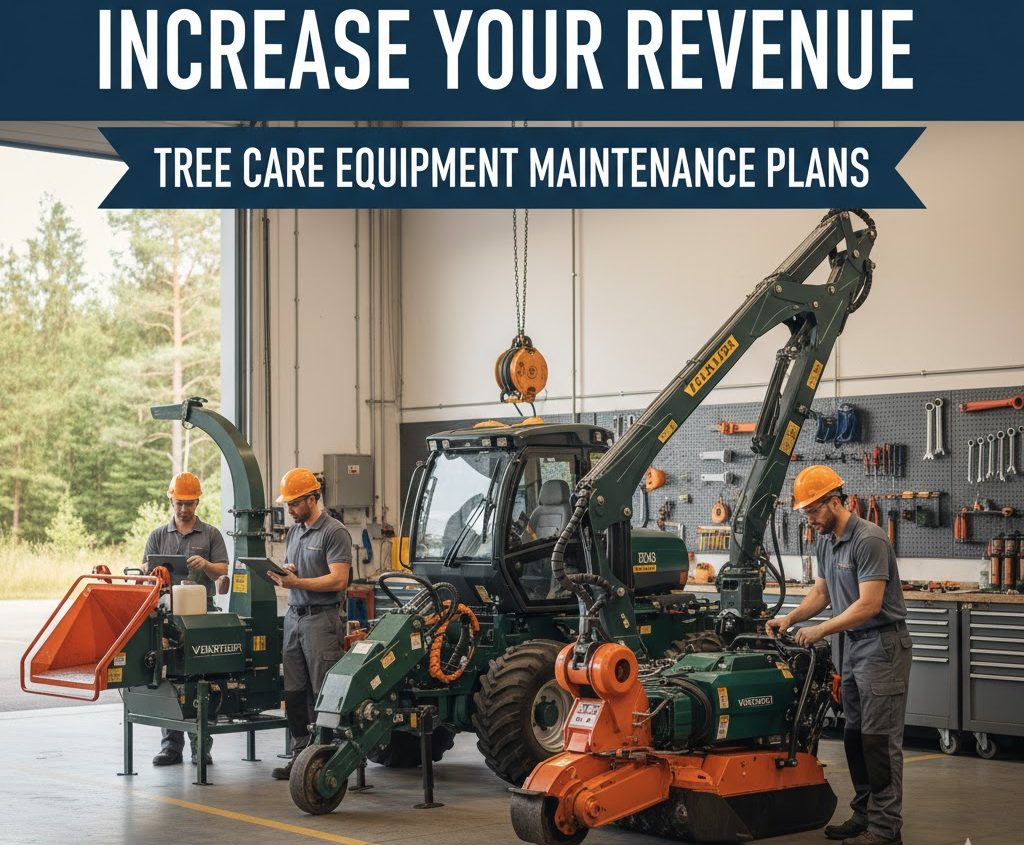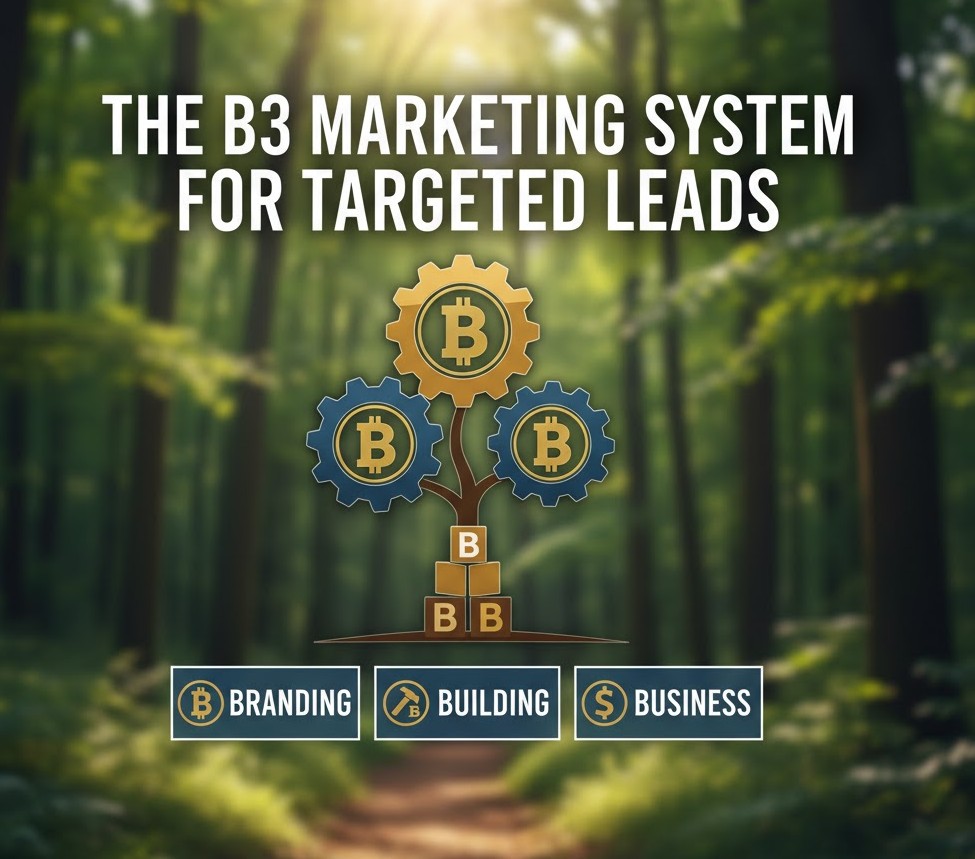Are you tired of seeing your competitors’ trucks all over town while your phone stays quiet? You know you do great work, but being the best professional tree service in the area doesn’t mean much if nobody can find you. This is a common frustration for tree care contractors, but the fix might be simpler than you think and it involves mastering tree service local SEO.
Most of your future customers aren’t flipping through a phone book anymore. They are grabbing their phones and typing “tree removal near me” into Google. Getting your business to show up right at that moment is crucial for a full schedule, and an effective digital marketing strategy is how you get there.
Got questions? We have answers. Schedule a short call with TreeCareHQ here.
Table Of Contents:
What is Local SEO and Why Does It Matter for Tree Services?
Local SEO is the process of making your business more visible in Google’s local search results. It is all about showing up for the people who are physically near you and looking for the tree care services you offer. This is a fundamental part of local marketing for any service area business.
When a homeowner has a big oak tree leaning dangerously over their house after a storm, they need help fast. They will search online for immediate, local help. They are not looking for a company three states away, so your online presence needs to be strong in your specific region.
This is why local SEO is so critical for lead generation. It puts you directly in front of those high-intent, ready-to-buy customers. Showing up in the “local pack”—that box with a map and three business listings at the top of the search results—can completely change your lead flow and improve your Google Maps ranking.
Getting Your Foundation Right: Google Business Profile
Before you do anything else, you must get your Google Business Profile (GBP) in order. This is your digital storefront on Google Maps and Search. A weak or incomplete profile is like having a messy, uninviting office; customers will just walk on by.
Treat this as the single most important piece of your arborist SEO puzzle. Getting it right from the start is half the battle won. A well-managed profile builds trust and visibility simultaneously.
Claiming and Verifying Your Profile
First, you need to claim your business. Go to Google and search for your business name. If a profile already exists, you can claim it and gain control.
If not, you can create a new one from scratch. Google will then need to verify that your business is real and located where you say it is. They usually do this by mailing a postcard with a verification code to your business address, a process that can take a week or two to complete.
In some cases, Google may offer other verification methods like a phone call or email. Be patient with this process, as verification is a necessary step to prove you are a legitimate local business.
Filling Out Every Single Detail
Do not be lazy here. A half-finished profile signals to Google that you might not be a serious business. You need to fill out every section you possibly can to build a robust profile.
This includes your full business name, address, and phone number (NAP). Make sure this information is exactly the same everywhere else it appears online. You also need to add your website, business hours, and the specific areas you serve.
Choosing the right categories is huge. Select “Tree service” as your primary category. Then, add secondary categories like “Arborist” or “Landscaper” if they apply to your offerings, including tree cutting services and land clearing.
Write a compelling business description. Talk about your experience, what makes you different, and mention your key services like tree removal, pruning, and stump grinding. Weave in your main city or service area naturally without stuffing it with keywords.
The Power of Photos and Posts
People want to see who they are hiring. A profile with no pictures feels sketchy. Upload high-quality photos of your team in action, your trucks, your equipment, and finished jobs, with the customer’s permission, of course.
Before-and-after photos are incredibly powerful for showing the quality of your work. They help potential customers visualize the results you can deliver. A good mix of photos helps build trust before a potential client even contacts you.
You should also use Google Posts, which are like mini-updates that show up on your profile. You can post about a current promotion, share a helpful tip, or highlight a recent project to keep your profile fresh. This activity shows Google that your business is active and engaged.
Building Trust with Reviews and Engagement
Think about the last time you bought something online. Did you read the customer reviews? Of course you did, and your customers do too. A strong online reputation is built on genuine feedback.
Positive reviews on your Google Business Profile are one of the strongest signals of trust you can have. They tell both Google and future customers that you are a reputable company that does great work. A steady stream of positive reviews can definitely help you climb in the local rankings.
How to Get More Google Reviews
The easiest way to get reviews is simply to ask. Most happy customers are willing to leave a review if you make it easy for them. You should ask for one after you’ve finished a job and the customer is admiring your work.
Make it simple by sending them a direct link to your review page via email or text. You can also create a QR code to print on your invoices or business cards. Using a free QR code generator is a great way to get started with this method.
Never pay for reviews or offer incentives that violate Google’s policies. Just focus on giving great service and making it easy for happy clients to share their experience. Building this request into your end-of-job process is the most effective approach.
Why You Must Respond to Every Review
Replying to your reviews is just as important as getting them. When you thank a customer for a positive review, it shows you appreciate their business. It also encourages others to leave their own feedback.
Responding to negative reviews is even more important. A thoughtful, professional response to a complaint can turn a bad situation around. It shows potential customers that you stand by your work and are willing to fix problems.
Ignoring negative feedback makes you look like you do not care. Always respond calmly, offer to take the conversation offline, and try to make things right. It tells a lot about your character as a business owner and protects your online reputation.
Your Website’s Role in a Good Tree Service Local SEO Plan
Your Google Business Profile is a massive part of the puzzle, but it points back to another critical asset: your company website. Your site is your home base online. It is where you control the message and can showcase your expertise and services.
An outdated, slow, or hard-to-use website will sink your local SEO for contractors. It needs to work with your GBP to convince both Google and customers that you are the best choice. A professional website reflects a professional tree service.
Speaking Google’s Language with Local Keywords
You need to use the same words on your website that your customers are typing into Google. These are known as keywords. For a tree care business, these are phrases like “emergency tree removal in [Your City]” or “stump grinding in [Your Neighborhood]”.
Include these phrases naturally in your website’s page titles, headings, and throughout the text. Create separate pages for each of your core services, like tree trimming, tree removal, and land clearing. Optimize each page for keywords related to that specific service and your location.
Be careful not to overdo it. Google is smart and can spot “keyword stuffing,” which is just repeating keywords over and over. Write for humans first and search engines second for the best results.
Creating Content That Your Community Cares About
One of the best ways to prove your authority is by creating helpful content on your website’s blog. Write articles that answer common questions your local customers might have. This positions you as the go-to expert in your area.
You could write about topics like “The 5 Most Common Tree Diseases in Our County,” “When Is the Best Time to Prune Oak Trees in This State?” or “How to Prepare Your Trees for Hurricane Season.” This type of content attracts local traffic and builds trust. It shows you know your stuff.
Each blog post is another opportunity to rank for local keywords. It gives Google more information about what you do and where you do it. This content is a long-term asset for your business.
Making Sure Your Site Works on a Phone
This is non-negotiable. A huge portion of your potential customers will find your website on their smartphone. If your site is hard to read or use on a small screen, they will leave and call your competitor.
Your website must have a “responsive” design, which means it automatically adjusts to fit any screen size. Google prioritizes mobile-friendly sites in its rankings, according to its own documentation on mobile-first indexing. A poor mobile experience can directly hurt your search visibility.
Test your site on your own phone. Is the text easy to read? Are the buttons big enough to tap? Can you find your phone number quickly to call?
Building Your Local Authority Online
So, you have a great GBP and a solid website. Now what? The next step is to build your business’s reputation and authority across the web. This is about showing Google that you are a legitimate, well-regarded local business.
This part takes time and consistent effort. But it is what separates the businesses at the top of the local search results from everyone else. This ongoing work is what maintains your ranking over time.
What is NAP and Why Consistency is Everything
We touched on this earlier, but it is worth repeating. NAP stands for Name, Address, and Phone number. This information must be exactly the same everywhere your business is listed online.
Even small differences can cause problems. For example, if one directory lists you on “Main St.” and another lists you on “Main Street,” that inconsistency can confuse Google. This erodes the search engine’s trust in your business data, which can harm your rankings.
Do an audit of your business listings online. Fix any old addresses or wrong phone numbers you find immediately. Consistency across your entire online presence is vital.
Getting Listed: Citations and Directories
Citations are mentions of your business’s NAP on other websites. Think of them as listings in various online business directories. The more quality citations you have, the more confident Google feels about your business’s location and contact information.
You want to get listed in major directories like Yelp and industry-specific sites. Also, look for opportunities to get listed on local websites. This could be your city’s Chamber of Commerce website or a neighborhood blog.
Consistency is key here, too. Every time you create a new listing, double-check that your NAP is identical to what is on your Google Business Profile. Accurate and consistent citations strengthen your local signal.
Earning Local Links to Your Website
Backlinks are links from other websites back to your site. Google sees these as votes of confidence. A link from another trusted local business or organization is a very strong signal for local SEO and is a cornerstone of local link building.
You can earn these valuable links in a few ways. You could sponsor a local youth sports team or charity event and ask for a link from their website. You can also build relationships with other local businesses in related industries, like roofers or landscapers, and look for opportunities to link to each other’s sites.
Getting featured in a local news story or blog for an interesting project you completed is another great way to get a powerful local link. Experts from SEO authorities like Whitespark have confirmed these strategies really work because they build genuine local relevance.
Conclusion
Getting a handle on your tree service local SEO isn’t an overnight fix. It is a process that requires attention to detail and consistent effort. But the payoff is a steady flow of high-quality local leads directly from the people who need you most.
Start with the basics. Fully optimize your Google Business Profile, get more positive reviews, and make sure your website is up to par. From there, you can focus on building your local authority through citations and local link building.
Taking these steps is how you win the online game. A solid local SEO plan ensures your efforts put you ahead of the competition. It is how you make the phone ring and keep your crews busy.
Ready to take your tree business to the next level? Schedule a short call with TreeCareHQ here.





